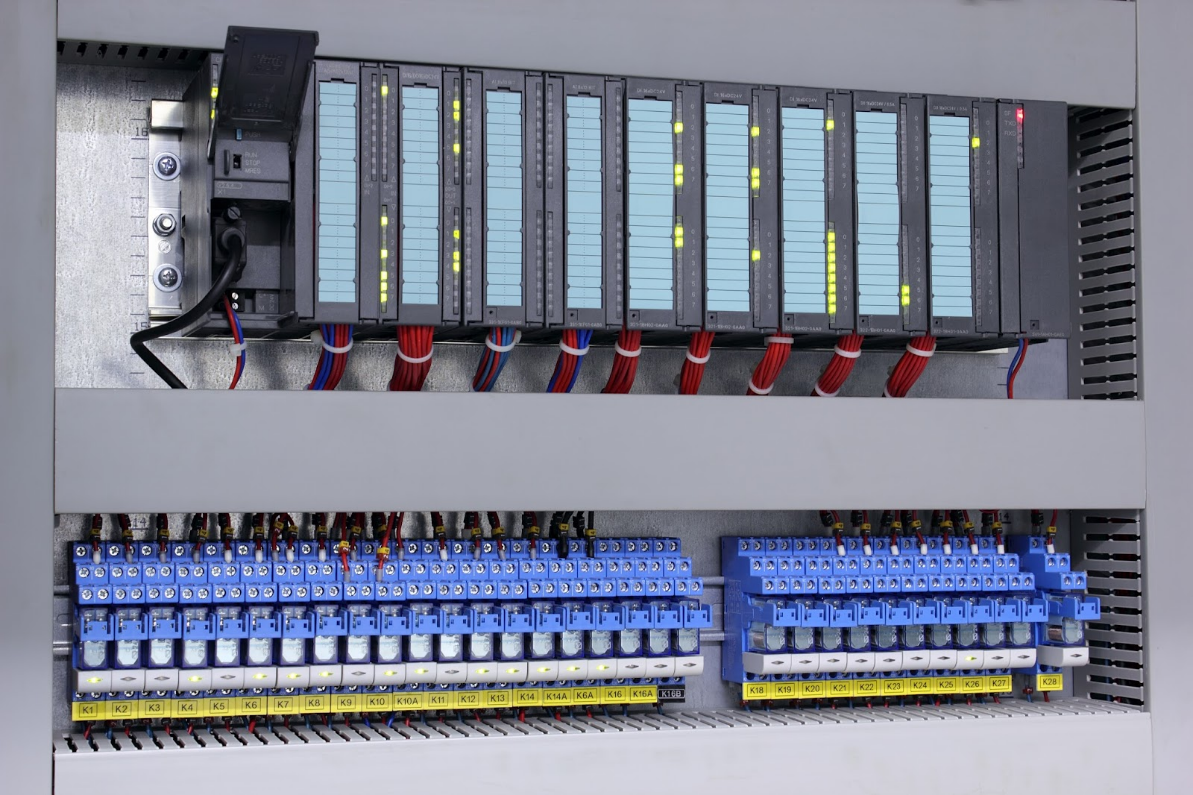What is electromagnetic relay? Today, this article will introduce it from definition, structure, working principle and uses.
Electromagnetic relay definition
An electromagnetic relay is an electronic switching device based on the phenomena of electromagnetic induction and electromagnetic attraction. It plays a key role in a variety of electrical and electronic applications, allowing control signals of smaller currents or voltages to control circuits of larger currents or voltages. The working principle of the electromagnetic relay will be introduced in detail below.

Basic electromagnetic relay structure
Electromagnetic relays usually consist of the following main parts:
Electromagnetic coil (excitation coil): The core component of an electromagnetic relay is a circle of wire wound around an iron core. When electricity is passed through this coil, a strong magnetic field is generated.
Magnet (iron core): Located in the middle of the electromagnetic coil, usually made of iron. When the magnet is energized, it will be attracted by the magnetic field generated by the electromagnetic coil.
Contact: The contact is the switching part of the electromagnetic relay and is usually made of metal. They are located at one end of the electromagnetic relay and close or open when the electromagnetic relay is activated.
Spring: A spring connects the contacts and separates them when the electromagnetic relay loses the activation signal.

Electromagnetic relay working principle
The working principle of electromagnetic relay is very simple and effective. When energized, current flows through the solenoid coil, creating a magnetic field. This magnetic field attracts the magnet (iron core), causing the magnet to move, thus changing the position of the contact. This action either closes or opens the contacts, depending on the design of the electromagnetic relay.
Closed state: When the electromagnetic relay is activated, the magnet is attracted to the electromagnetic coil, compressing the spring, causing the contacts to close. This allows electrical current to flow in the relay’s main circuit, thereby activating or controlling a device or circuit connected to the relay.
Disconnected state: When the electromagnetic relay loses the activation signal, the spring pushes the magnet away and the contacts are disconnected. This cuts off the current in the main circuit, stopping the operation of the device or circuit connected to the relay.
Electromagnetic relay uses
Electromagnetic relays are used in a wide variety of applications, including but not limited to:
Power systems: Electromagnetic relays are used to control and protect motors, transformers and grids in power systems.
Automation and Control Systems: They are used in industrial automation and control systems to control and monitor various equipment and processes.
Telecommunications Equipment: Circuit controls and switches used in telecommunications equipment.
Household appliances: Electromagnetic relays are often used for circuit control of household appliances such as washing machines, refrigerators, microwave ovens, etc.
Traffic signals: Electromagnetic relays are used to control equipment such as traffic lights, railway signals, and elevators.
Overall, electromagnetic relays are one of the indispensable components in electronic and electrical systems, and their simple and reliable working principles make them excellent in a variety of applications. Whether used in home equipment or industrial automation, electromagnetic relays play an important role in making circuit control and electronic equipment operation more reliable and flexible.






